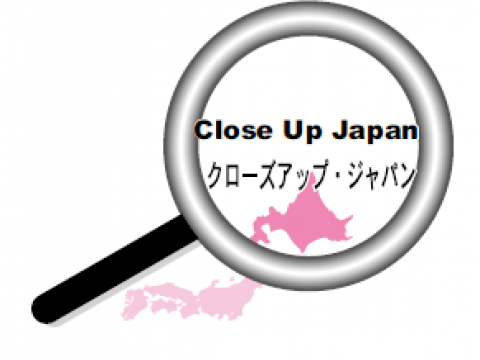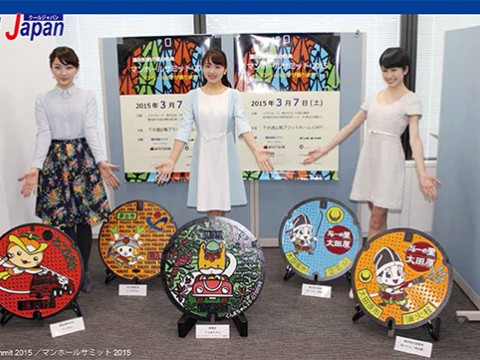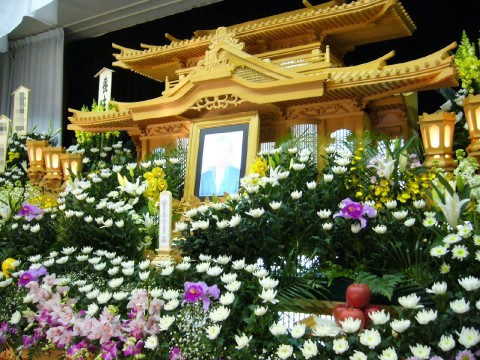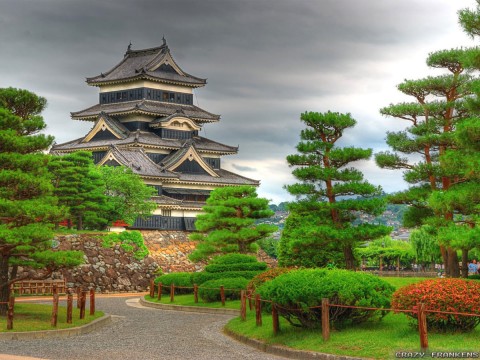Bringing Japanese Tabi to the World
Japanese people typically wear tabi when they dress up in Japanese clothes, such as kimono.These resemble socks apart from the fact that the big toe is separated out from the other toes. These days most people wear western clothes and few Japanese wear tabi on a daily basis.
Musashino Uniform Co., Ltd. in Gyoda City, Saitama Prefecture, manufactures and sells “pop tabi.”While typical tabi come in understated white or black, pop tabi are colorful. Japanese motifs, such as Mt.Fuji, or Japanese family crests, are also incorporated into the design. They’ve attracted the interest of many people, from young Japanese who wear kimono in a modern style, to non-Japanese interested in Japanese culture.
Each pair of pop tabi is carefully handmade by artisans. As there are many stages in the production process, it takes a long time to make a pair of tabi. Small
pieces are stitched together to produce a durable and smooth tabi. Once the foot
has been firmly placed inside a tabi, it is fastened with metal clasps called “kohaze.” Each pop tabi kohaze is engraved with a “Japan” stamp, giving the product an upmarket and stylish finish.
About 80% o f tabi in Japan used to be manufactured in Gyoda City. The footwear business for travelers flourished because of Gyoda City’s proximity to Nakasendo,
one of the five highways of the Edo period and also because cotton – one of the main materials used to make tabi – was produced there.
At its peak, there were almost 300 tabi makers there. But because the custom of wearing tabi was lost with the changing times, the number of tabi makers decreased so that these days there are only 11 remaining. Pop tabi were created to bring tabi to the attention of young people unfamiliar with them, in this way those involved in the production of tabi are given a new lease of life.
////////////////////////////////////////////////////////////////////////////////////////////////////////////////////////
30 years in Japan
The monthly magazine that introduces the real Japan
to the world, in English and Japanese
Click here to Know about "HiraganaTimes"
→http://www.hiraganatimes.com/
Open new window
///////////////////////////////////////////////////////////////////////////////////////////////////////////////////////////

HiraganaTimes
Japan

















